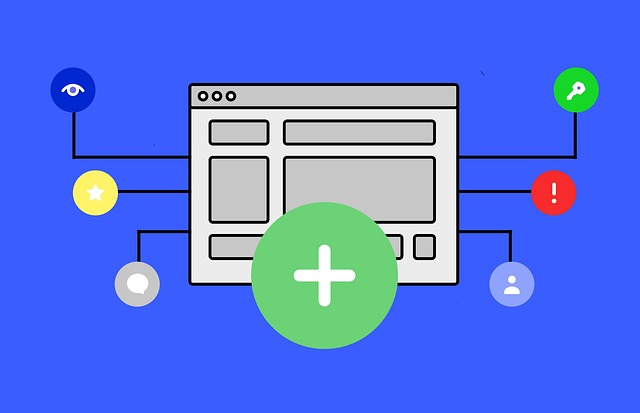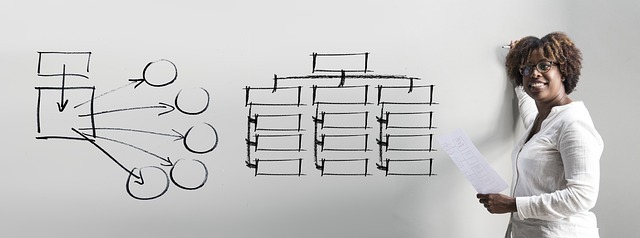The 5S training framework, rooted in Japanese manufacturing principles, is a powerful tool for transforming chaotic workspaces into efficient environments. By teaching employees to sort, set in order, shine (clean), standardize, and sustain, this methodology fosters continuous improvement, enhances productivity, promotes safety, and boosts employee engagement across industries. Integrating 5S training with lean management principles streamlines operations, reduces waste, and contributes to a company's competitive edge by creating a culture of process standardization and 5S continuous improvement.
In today’s competitive business landscape, a streamlined process is crucial for achieving operational excellence. This article explores an effective approach to workplace organization through the lens of the 5S Training Framework, a proven method derived from lean management principles. We’ll delve into how this system enhances productivity by fostering a culture of continuous improvement and process standardization, ultimately driving long-term efficiency and effectiveness.
- Understanding the 5S Training Framework: A Foundation for Workplace Organization
- Integrating Lean Management Principles: Streamlining Processes for Continuous Improvement
- Implementing Process Standardization: Key Strategies for Long-Term Efficiency and Effectiveness
Understanding the 5S Training Framework: A Foundation for Workplace Organization

The 5S training framework is a powerful tool for transforming chaotic workspaces into organized, efficient environments. It’s not just about tidying up; it’s a lean management philosophy rooted in Japanese manufacturing principles. The ‘5S’ stands for Sort, Set in Order, Shine (Clean), Standardize, and Sustain – each stage building upon the last to create a culture of continuous improvement. This process standardization approach aims to eliminate waste, enhance productivity, and foster a safe, engaging workplace.
By teaching employees these principles, 5S training empowers them to take ownership of their work areas, identify inefficiencies, and implement practical solutions. From sorting through unnecessary items to establishing consistent workflows, each ‘S’ layer builds upon the previous one, creating a structured and sustainable organizational system. This approach is applicable across industries, from manufacturing floors to offices, promoting a culture where workplace organization becomes second nature.
Integrating Lean Management Principles: Streamlining Processes for Continuous Improvement

Integrating Lean Management Principles is a powerful strategy to streamline processes and foster a culture of continuous improvement within any organization. This approach leverages the core tenets of lean, focusing on eliminating waste, optimizing workflow, and enhancing overall workplace organization. By implementing 5S training—a methodology that includes sorting, setting in order, shining (cleaning), standardizing, and sustaining—companies can create an environment conducive to efficient operations. Such training empowers employees to take ownership of their processes, ensuring consistency and quality.
Lean management encourages process standardization, enabling teams to work collaboratively and effectively. This involves identifying and documenting each step in a workflow, removing bottlenecks, and designing processes that flow seamlessly. The 5S continuous improvement methodology becomes a powerful tool for regularly reviewing and refining these processes, leading to increased productivity, reduced errors, and improved overall workplace organization.
Implementing Process Standardization: Key Strategies for Long-Term Efficiency and Effectiveness

Implementing Process Standardization is a critical step in achieving long-term efficiency and effectiveness within any organization. This involves adopting proven strategies like 5S training, which focuses on sorting, setting in order, shining (cleaning), standardizing, and sustaining. By teaching employees these principles, workplaces can be transformed from chaotic to organized, streamlining operations and reducing waste.
Lean management practices complement 5S by emphasizing continuous improvement. This involves regularly reviewing and refining processes to eliminate non-value-added steps, which not only boosts productivity but also enhances overall workplace organization. Embracing a culture of constant evaluation ensures that processes remain standardized and optimized over time, contributing significantly to the organization’s competitive edge in the market.
By integrating the 5S training framework, adopting Lean management principles, and implementing robust process standardization strategies, organizations can achieve exceptional workplace organization and significant improvements in operational efficiency. This comprehensive approach ensures that processes are streamlined, waste is minimized, and continuous improvement becomes a sustainable culture. Embracing these methods allows businesses to stay competitive, enhance productivity, and adapt to evolving market demands.
